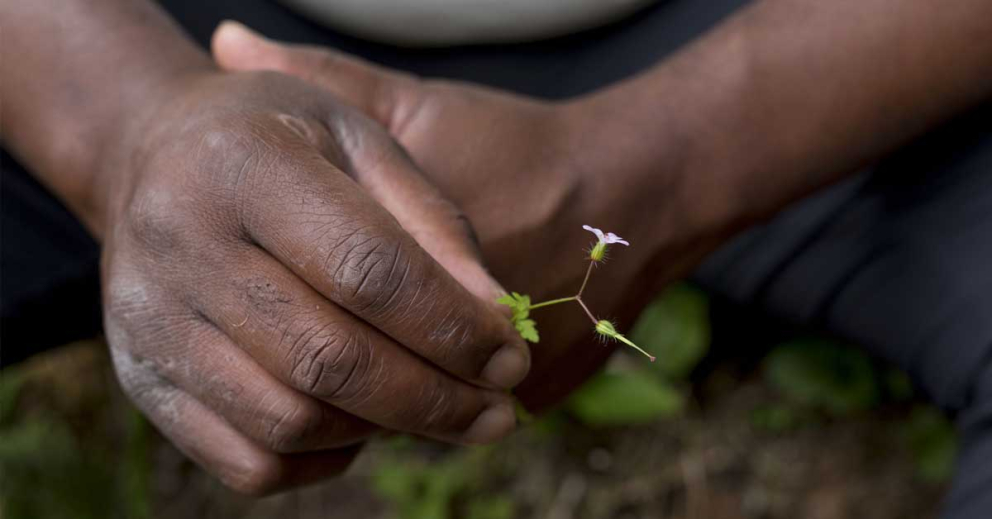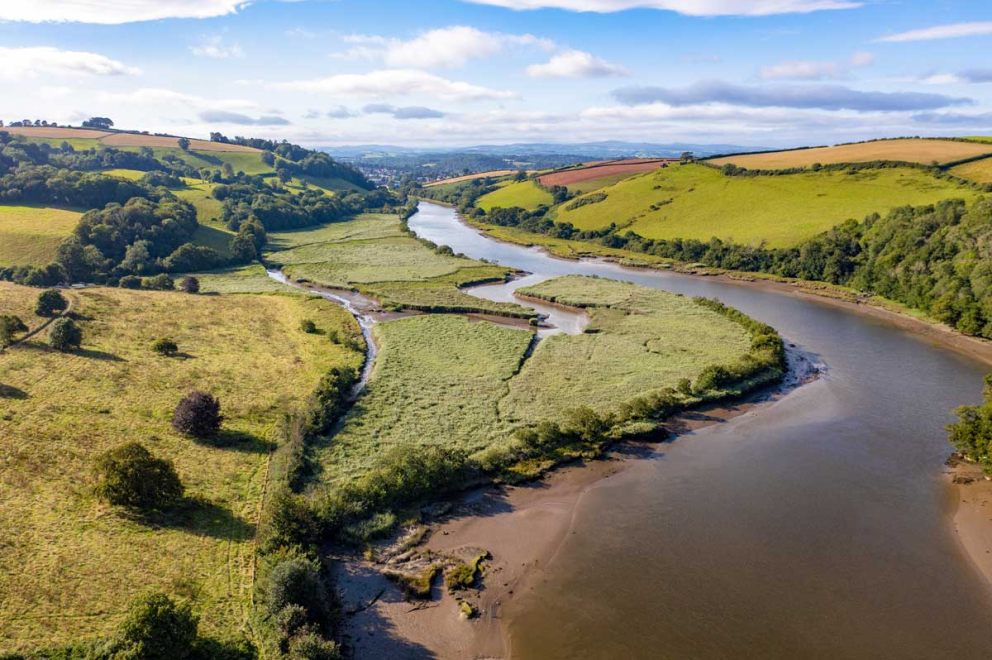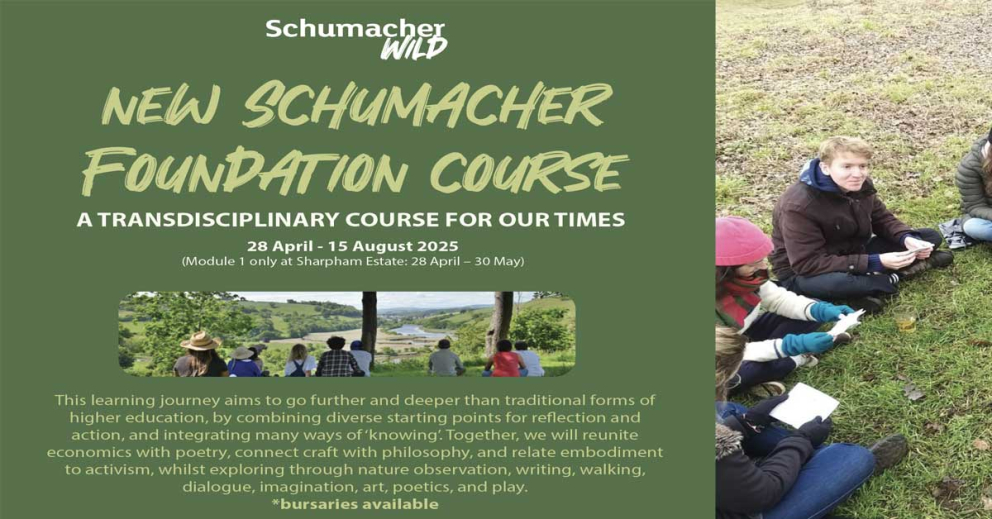42 species of birds were recorded (up from 32 in 2021), from the tiny wren to the big buzzard, and other bird highlights included hearing skylarks, linnets, yellowhammer and goldcrests, plus reed buntings and reed warblers down in the reedbeds.
Some 149 wildflowers and plants spotted included yellow rattle, pignut and musk thistle (up from 107 in 2021).
Amongst many others, a Long-winged Conehead Cricket, along with a red headed cardinal beetle, Large Skipper butterfly (below) and a marmalade hoverfly were all observed.
“We are over the moon about the splendid results from our third BioBlitz, which show that biodiversity is growing on our rewilding meadows at Sharpham,” said organiser Lisa Carnell, Event and Education Officer of The Sharpham Trust.
She worked on the event with Ambios Ltd – the nature conservation organisation based at Lower Sharpham Farm that is a partner in the rewilding that is taking place on 50 acres of Sharpham Estate farmland.
“Huge thanks goes to the dedicated work of the expert team at Ambios & their conservation trainees, to our visiting expert leaders John Walters and Mike Langman and finally to all the wonderful members of the local community who came along, searched, found and recorded wildlife for us too - none of this important observation and recording work would have been possible without them!” said Lisa.
So what is a Bioblitz?
A BioBlitz is an event that focuses on finding and identifying as much wildlife as possible in a specific area over a short period of time.
At a BioBlitz scientists and participants work together to get a snapshot of an area’s biodiversity.
Members of the public, volunteers, trainee conservationists from Ambios Ltd, Sharpham staff and biodiversity experts worked together to identify species.
Picture credits
Large Skipper: Andreas Eichler, CC BY-SA 4.0, via Wikimedia Commons












